Cross-Cutting Challenge | Frontiers of Softness in Science and Engineering
Sunday, April 7, 9:00 a.m. - 12:30 p.m.
Last updated: March 21, 2024.Organizers

Tokyo Metropolitan University

University of Virginia
Description
In summary, the aim of this CCC is deepening understanding of softness perception and widening engineering applications, as well as sharing unsolved problems related to these fields. Earlier research inside and outside the community have deepened the understanding and application of softness and soft matters, which is a major component of haptic perception and determines the value of a daily product and human friendliness of man-machine interfaces and robots. For example, it is now shared in the community that softness is the result of neural integration of surface and deep sensory organs. Nonetheless, very recently, important findings, such as factors influencing individual distinctions of softness judgment and softness illusions due to surface shapes have been emerging. Cross-modal effects between softness perception and other sensory cues is also an aspect that was missed by earlier research. Further, a fundamental question was raised whether or not softness is an independent perceptual element through a comparison between humans and robots, i.e., machine learning. Even the most basic concept of softness differs among different cultures, suggesting that we should cast a doubt on even the definition of softness. Hence, softness perception has yet to be fully understood. Softness perceived by humans is not a function of the inverse of mechanical stiffness. Classical push-in tests relying on the surface displacement of a target object and reaction force is imperfect for estimating human’s sense of softness. Softness sensors following the humans’ tactile information processing has been actively studied. Softness is also a key to developing physically and emotionally friendly machines and man-machine interfaces. Comfortable haptic interaction requires materials and mechanical design that enable soft contact.
Keynote Talks
9:00 a.m. - 11:15 a.m. - Salon de Reyes

Title:
Deciphering Physical Cues and Dimensions that Underlie Our Tactile Sense of Compliance
Presenter:
Gregory Gerling - University of Virginia
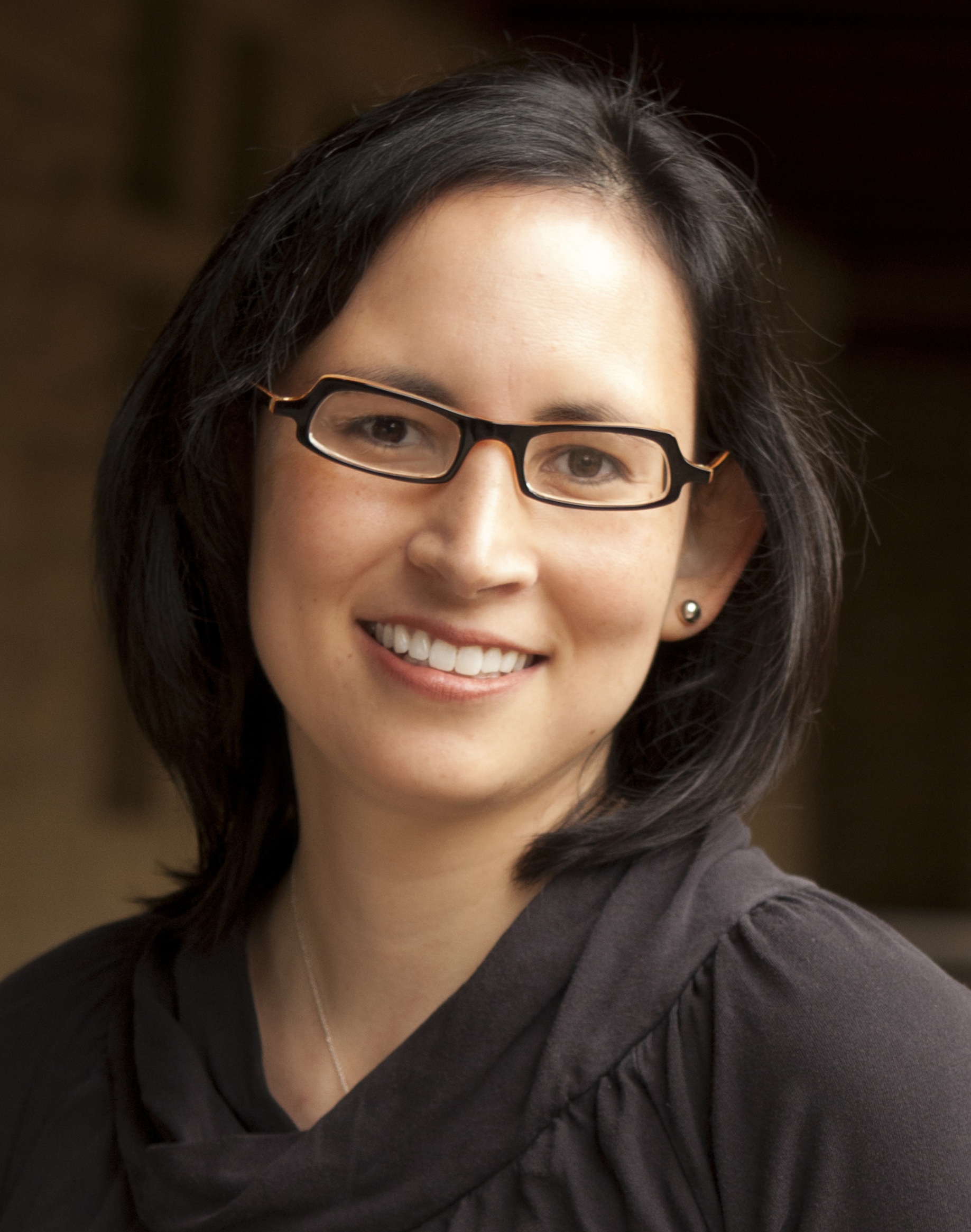
Title:
Mechanisms for Distributed Softness Wearable Haptics
Presenter:
Allison Okamura - Stanford University

Title:
Wearable Pneumatic Tactile Display of Softness for Virtual Reality
Presenter:
Federico Carpi - University of Florence

Title:
Soft Touch Helps Movement
Presenter:
Ingvars Birznieks - UNSW Sydney

Title:
Softness Illusion to Re-Think the Perceptual Mechanisms
Presenter:
Shogo Okamoto - Tokyo Metropolitan University
Interactive Posters
11:15 a.m. - 12:30 p.m. - Miramar

Title:
Deciphering Physical Cues and Dimensions that Underlie Our Tactile Sense of Compliance
Presenter:
Gregory Gerling - University of Virginia

Title:
Mechanisms for Distributed Softness Wearable Haptics
Presenter:
Allison Okamura - Stanford University

Title:
Wearable Pneumatic Tactile Display of Softness for Virtual Reality
Presenter:
Federico Carpi - University of Florence

Title:
Softness illusion to re-think the perceptual mechanisms
Presenter:
Shogo Okamoto - Tokyo Metropolitan University
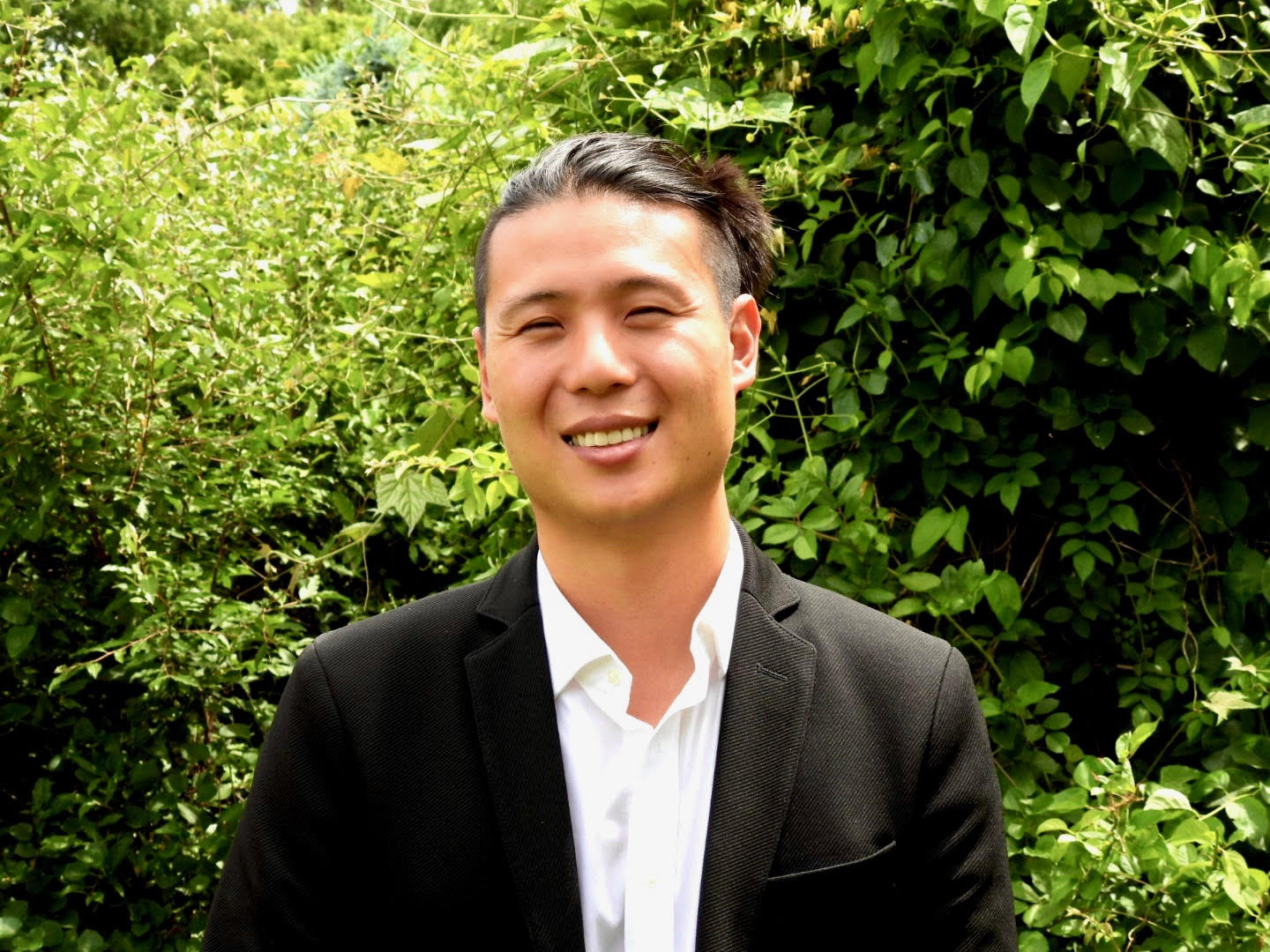
Title:
The Role of Indentation Depth and Contact Area on the Perception of Softness
Presenter:
Charles Dhong - University of Delaware
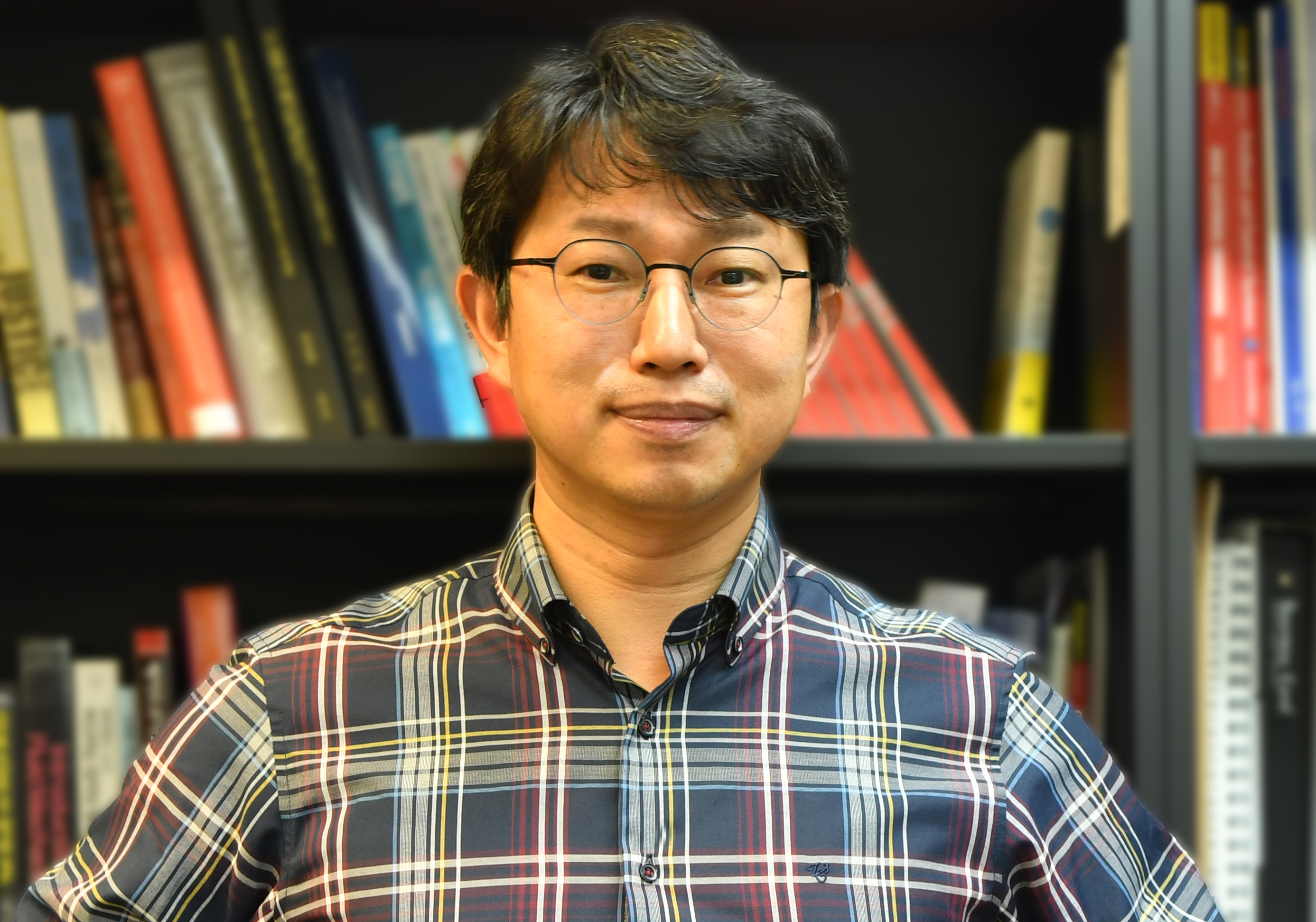
Title:
Enhancing Soft Actuators Sufficiently to Deliver Effective Haptic Stimuli
Presenter:
Ki-Uk Kyung - KAIST
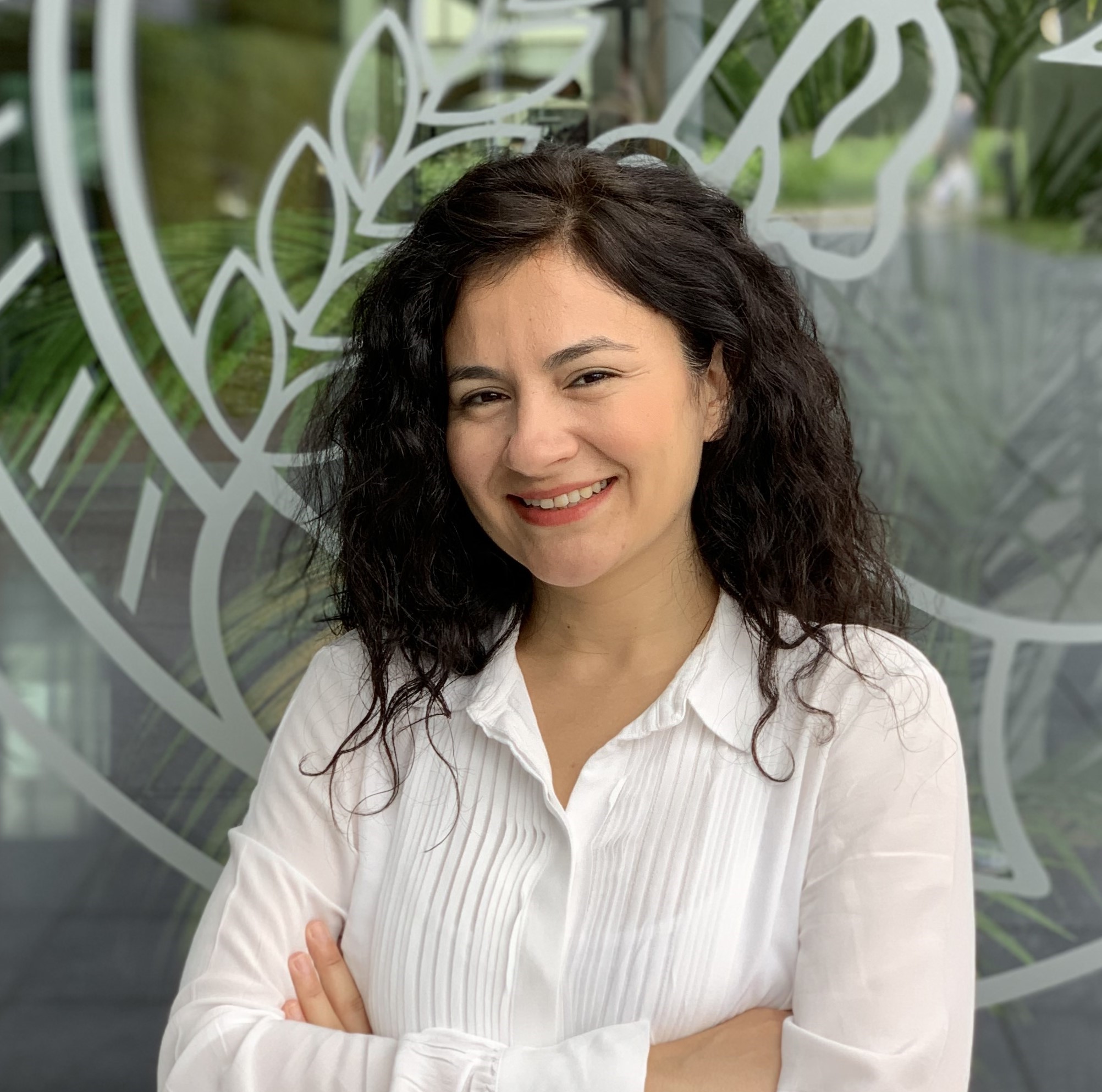
Title:
The Role of Softness in Material Perception and Rendering Material Softness in Digital Environments
Presenter:
Yasemin Vardar - Delft Univresity of Technology
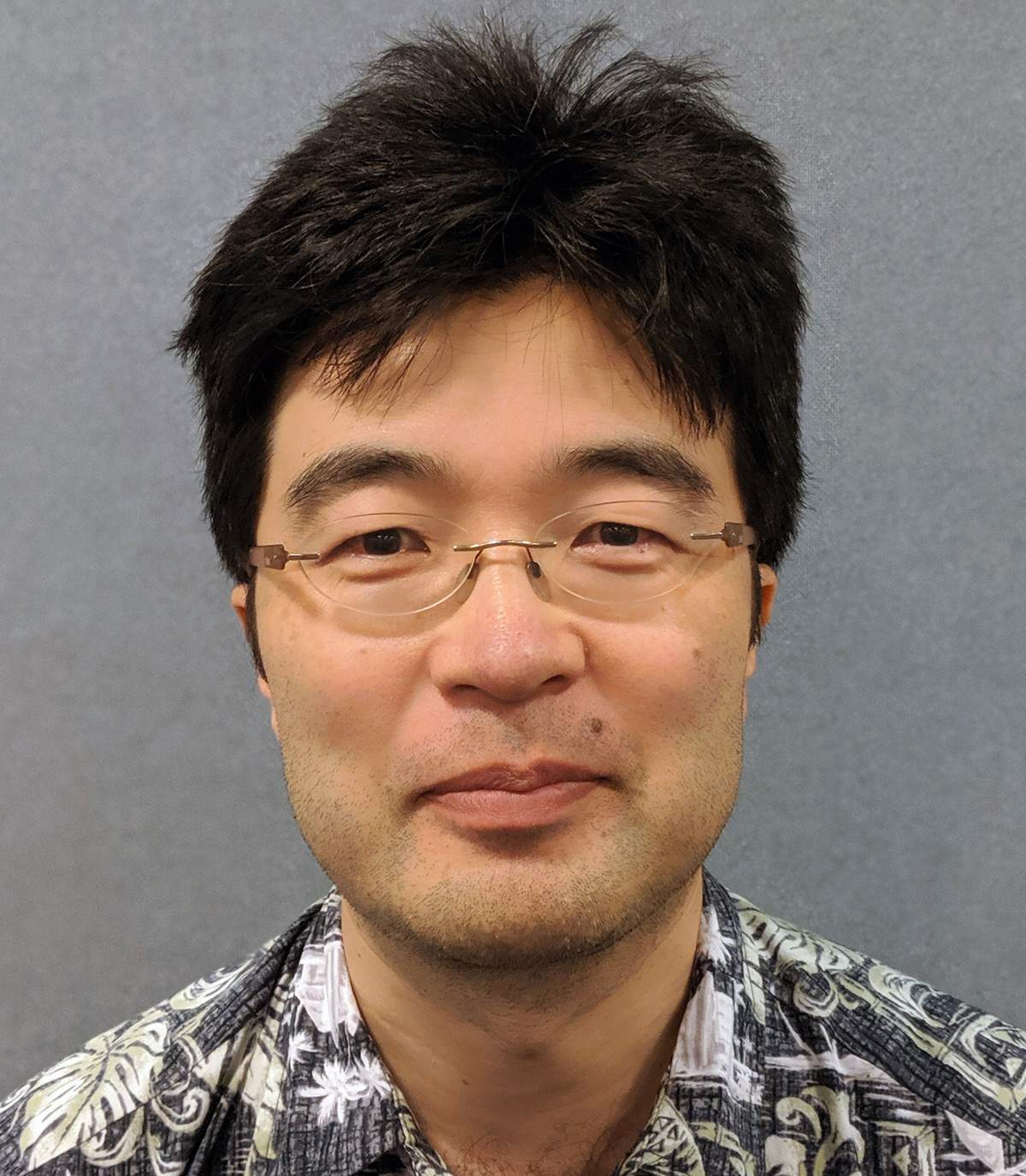
Title:
Softness Presentation by Electro-Tactile Stimulation and Force Feedback
Presenter:
Hiroyuki Kajimoto - University Electro-communication

Title:
Representing Softness Based on the Contact Distribution Using a High-Resolution Suction Tactile Display
Presenter:
Masashi Konyo - Tohoku University

Title:
Using Particle Jamming to Create Soft Haptic Interfaces for Medical Simulation
Presenter:
Joshua Brown - Imperial College London
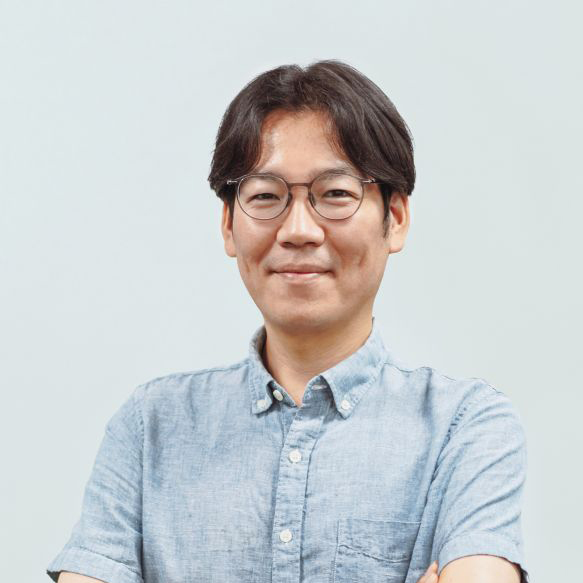
Title:
Realistic Haptic Rendering of Softness: Realtime FEM Simulation of Hyper-Elastic Deformation and Soft Actuators for Stiffness Display
Presenter:
Seokhee Jeon - Kyung Hee University
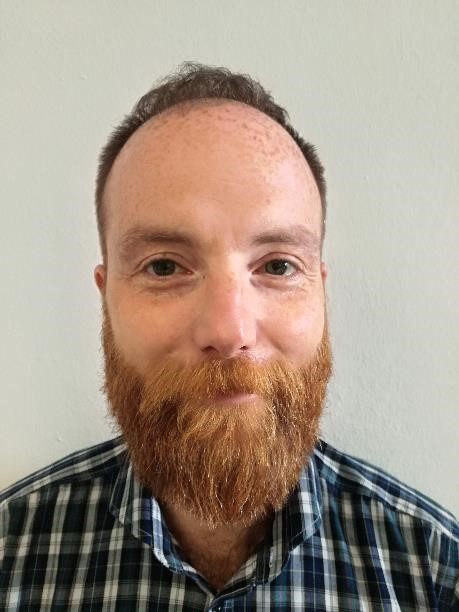
Title:
Human-Inspired Softness Perception for Artificial Tactile Sensing and Tactile Augmented Reality
Presenter:
Matteo Bianchi - University of Pisa

Title:
The Role of Softness in Touchable Comfort Objects, from a Diversity of Toucher Perspectives
Presenter:
Karon Maclean and Preeti Vyas - University of British Columbia
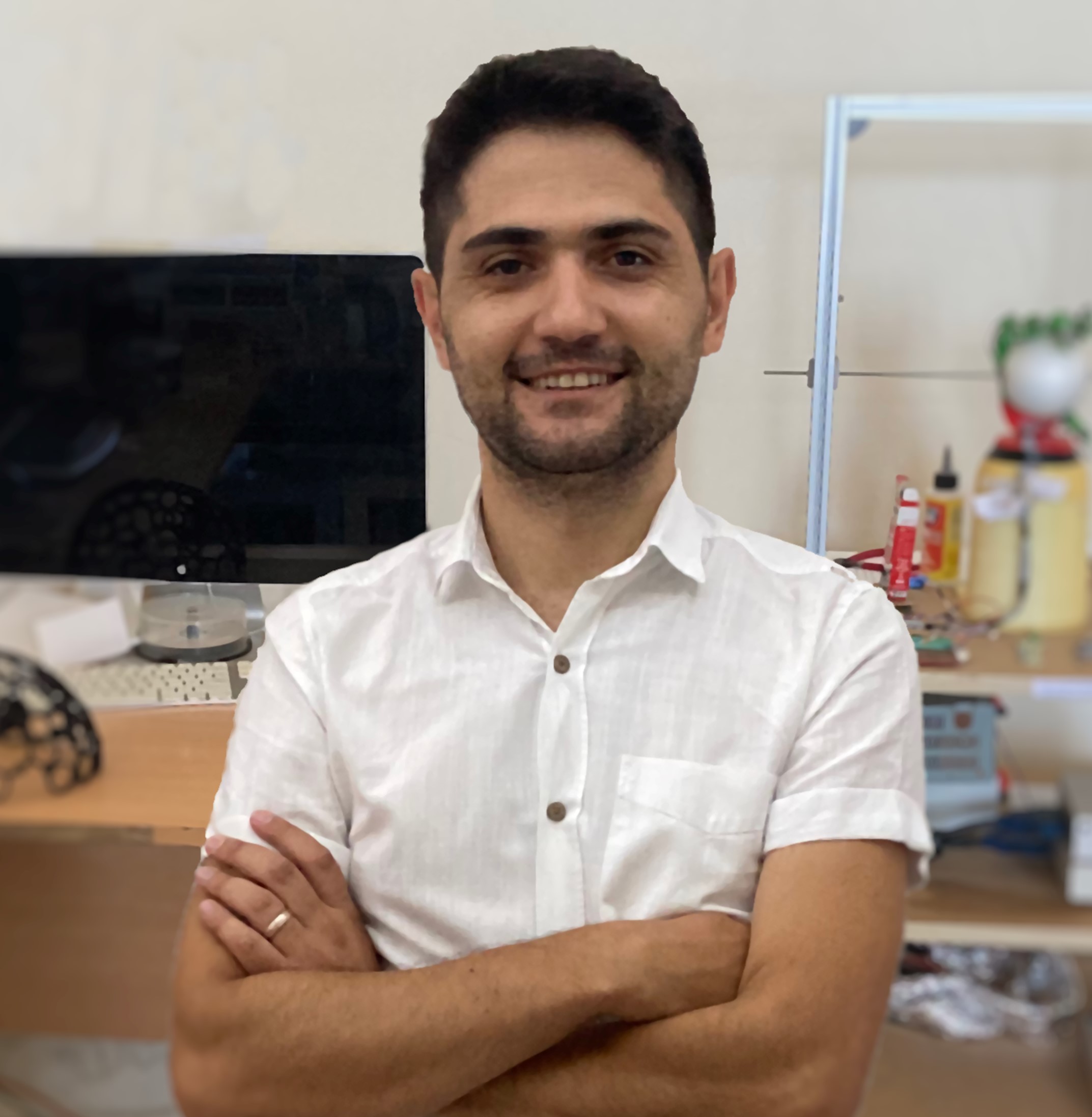
Title:
The Passive Mechanical Behavior of Human Fingertip Soft Tissue Can Alter Manipulative Force Balance Depending on Friction Level at the Skin-Object Interface
Presenter:
Ismail Devecioglu - UNSW & Tekirdag Namık Kemal University
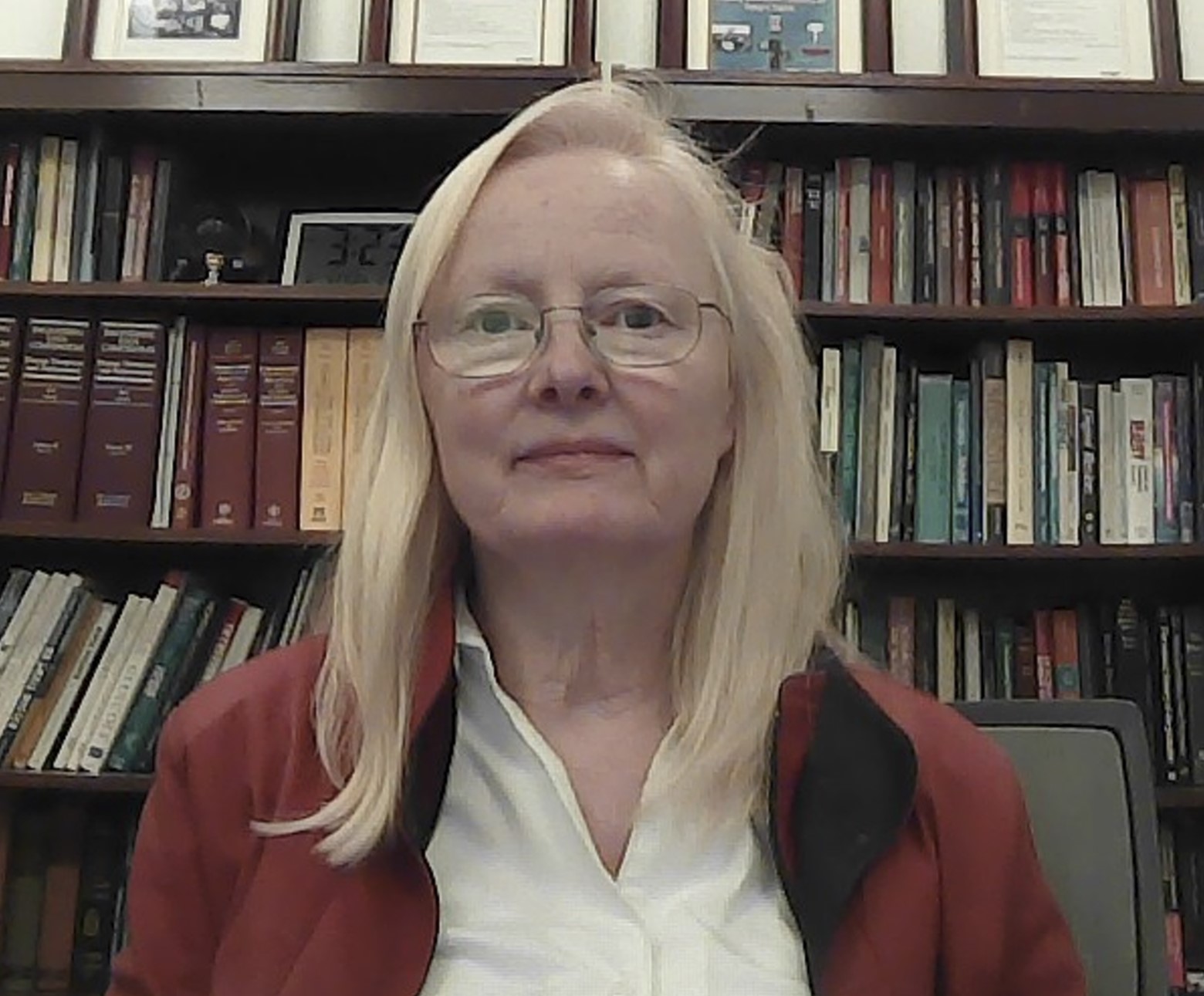
Title:
Perceiving Wetness: A Synthesized Experience
Presenter:
Lynette Jones - MIT
(CLOSED) Call for individual contributions
We seek attendee contributions to be presented as a poster or demonstration in an interactive session. To submit a poster or demo proposal, please send a title and 500 word abstract discussing how your work in haptics links to the theme of this cross-cutting challenge. We especially invite submissions from people with disciplinary backgrounds underrepresented in the haptics community. Applicants must be a faculty member and/or a researcher holding a Ph.D. degree or equivalent.
Please submit your proposal by February 9, 2024February 16, 2024 (extended) by emailing the organizers (okamotos@tmu.ac.jp, gg7h@virginia.edu).